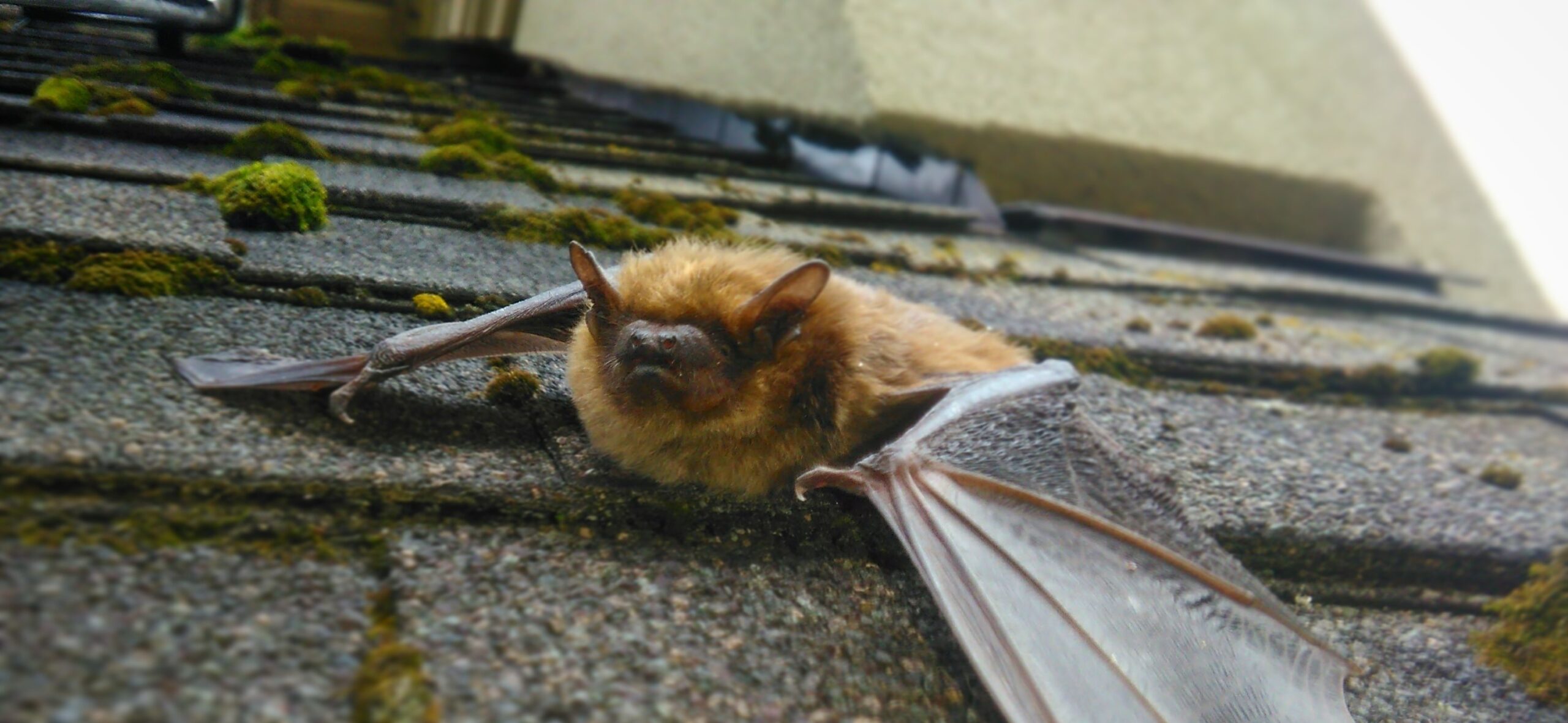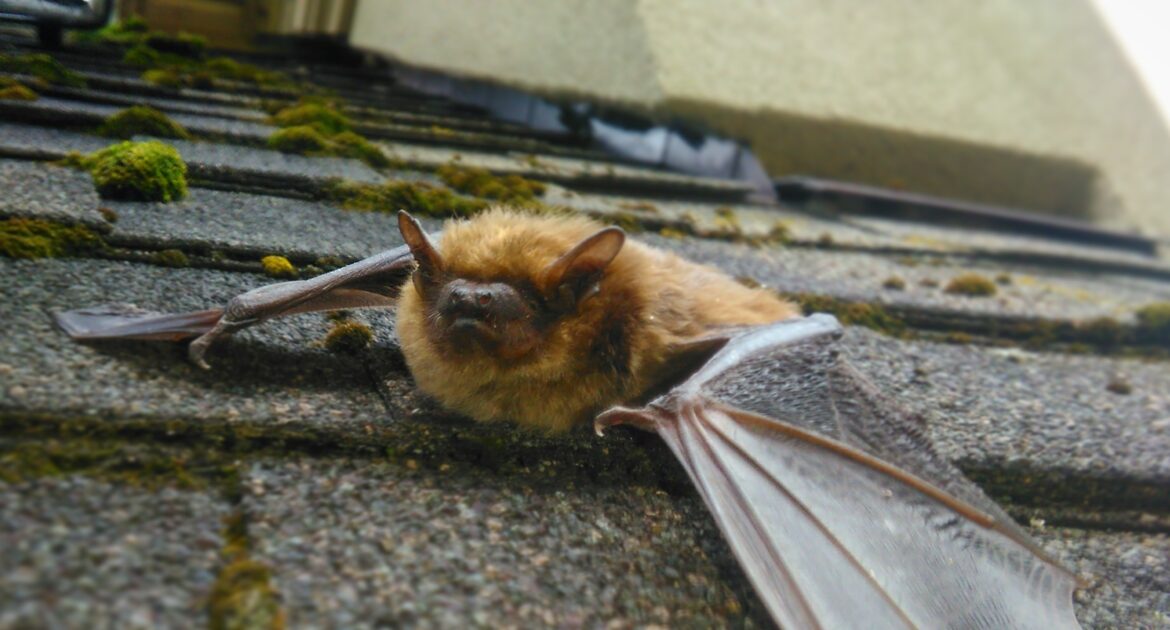In the world of nocturnal creatures, brown bats are fascinating for their unique physical attributes, particularly their sharp teeth. These small, agile mammals have evolved to have teeth that are perfectly suited to their diet and lifestyle.
When you think about what bats eat, it’s easy to understand why these sharp teeth are essential. Brown bats primarily feast on insects, which they catch mid-flight, using their teeth to efficiently capture and consume their prey. This diet requires them to have teeth that can quickly puncture and hold onto their fast-moving meals.
Understanding what a brown bat bite look like is important for those who might encounter these bats in the wild or in urban settings. Their bites, while not typically aggressive, are small but precise, reflecting their need to catch insects swiftly.
By examining the brown bat teeth, you can see the adaptations that make them successful hunters in the night sky. Their teeth have ridges and points that are ideal for breaking down the exoskeletons of insects, ensuring they get the nutrients they need to survive. This intricate relationship between their teeth and diet underscores the importance of dental adaptations in the animal kingdom.
The Necessity of Sharp Teeth
Brown bats have developed sharp teeth for very specific reasons. These teeth are essential for their survival, primarily because of their diet. Bats are known for their role in controlling insect populations, and the brown bat is no exception. They feed on a variety of insects, from tiny mosquitoes to larger beetles. Having sharp teeth allows them to efficiently capture and consume these insects, which often have tough exoskeletons. This is crucial for maintaining their energy levels, as they are active hunters, especially during dusk and dawn when insects are most prevalent.
The structure and sharpness of their teeth are perfectly adapted to their dietary needs. They lack the ability to chew like humans do, so their sharp teeth help them break down their food into manageable pieces. Additionally, these teeth are vital for their young, who rely on their mothers to catch and chew food during the early stages of life. The efficiency of their teeth directly impacts their survival, making it an evolutionary advantage.
Aside from feeding, these creatures also use their teeth for grooming. Maintaining clean fur is essential for insulation and flight efficiency. Grooming helps remove parasites and other debris, ensuring their fur remains in optimal condition. Their teeth play a critical role in this self-care process, demonstrating their multifaceted utility beyond just eating.
What Does a Brown Bat Bite Look Like?
Understanding what a brown bat bite looks like is important, especially for homeowners living in areas where these bats are common. A bite from a brown bat can be surprising, primarily because of their small size. It typically appears as two small puncture marks, closely spaced together. Given the sharpness and precision of their teeth, the bite is often clean and may not bleed excessively.
However, it’s important to note that while brown bats are not aggressive by nature, they may bite if they feel threatened or cornered. It’s a natural defense mechanism rather than a sign of hostility. If you were to encounter a bat and receive a bite, it’s crucial to clean the wound thoroughly and seek medical advice, especially if the bat’s health status is unknown. Rabies, although rare in bats, can be transmitted through bites, making it imperative to err on the side of caution.
Homeowners should also be aware that bats can enter houses through small openings. If you notice a bat inside your home, it’s best to contact professionals like Skedaddle who can safely and humanely remove the animal. Attempting to handle it yourself increases the risk of bites and other injuries.
Natural Pest Controllers
While the focus here is primarily on their sharp teeth and potential bites, it’s also important to appreciate that they are incredibly beneficial, acting as natural pest controllers. By consuming vast quantities of insects nightly, they help farmers and gardeners by reducing the need for chemical pesticides. This ecological service is invaluable, as it promotes a healthier environment and supports biodiversity.
Their presence indicates a balanced ecosystem. The diversity of insects they consume helps control populations that could otherwise spiral out of control. This balance is crucial, as it prevents any single species from disrupting the local flora and fauna. In essence, brown bats contribute to maintaining the health and stability of their habitats, making them a vital component of the natural world.
By understanding their ecological importance, we can appreciate their presence rather than fear it. Encouraging a harmonious coexistence with these creatures benefits both humans and the environment. Educating communities about the positive impacts of brown bats can help shift the perception from nuisance to necessity.
Understanding What Brown Bats Eat
Exploring what brown bats eat provides insight into why they have sharp teeth. Their diet consists primarily of insects, and they are particularly fond of night-flying species. Moths, beetles, and mosquitoes make up a significant portion of their meals. Brown bats use echolocation to hunt, sending out sound waves that bounce back with information about the location and movement of their prey.
Their diet not only sustains them but also benefits agricultural activities. By keeping insect populations in check, they reduce crop damage and support higher yields. This natural form of pest control is more environmentally friendly than chemical alternatives, highlighting the importance of bats in sustainable agriculture.
During the summer months, brown bats increase their feeding activity to build up fat reserves for the winter months when food becomes scarce. This seasonal adaptation showcases their ability to thrive in varying conditions. By understanding their dietary habits, we learn more about their place in nature and the critical services they provide.
Choose Skedaddle for Humane Wildlife Control in Baltimore
When it comes to dealing with brown bats in your home, Skedaddle stands out as the best choice for effective wildlife control. Our team is trained to handle situations involving bats with care and expertise. We prioritize humane practices, ensuring that the animals are relocated safely and without harm.
Our process begins with a thorough inspection of your home to identify entry points and assess the extent of the infestation. We then implement exclusion techniques, which involve sealing openings after the bats have been safely removed. This prevents future issues and keeps your home secure.
Skedaddle’s commitment to customer satisfaction means you can trust us to handle the situation from start to finish. Our success lies in our ability to educate homeowners, offering tips and advice on how to prevent future encounters with bats. By choosing Skedaddle, you’re choosing quality service and peace of mind.
Here to Help
Brown bats’ sharp teeth are a testament to their adaptability and survival instincts. These teeth serve multiple purposes, from aiding in feeding to facilitating grooming. For homeowners, understanding the reasons behind their sharp teeth can help demystify these creatures and foster a sense of respect rather than fear.
If you find yourself dealing with a bat situation at home, remember that Skedaddle is here to help. We offer professional, humane solutions tailored to your needs. Protecting your home and ensuring the safety of wildlife is our top priority. Reach out to us today and discover how we can assist you in maintaining a harmonious relationship with the natural world.




